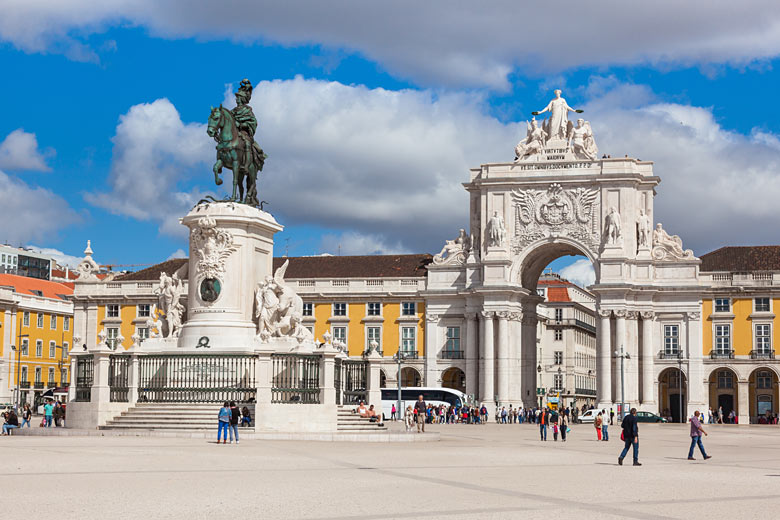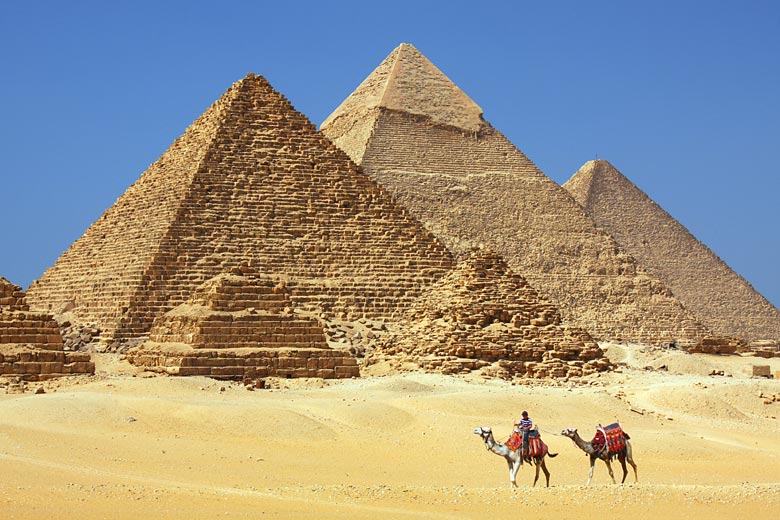Lanzarote festivals: party like a local at the island's most popular fiestas
Your Lanzarote holiday offers a chance to break away from the old routine, letting you escape the dreaded nine to five. But long lazy days by the pool or at the beach can soon feel just as monotonous as a working day. To make the most of your holiday to Lanzarote, check out our pick of the island's finest fiestas, and you could find yourself in anything from the craziness of carnival to religious commemorations. Every festival has its own traditions and traits, and with events all year round there's no reason not to get stuck in.
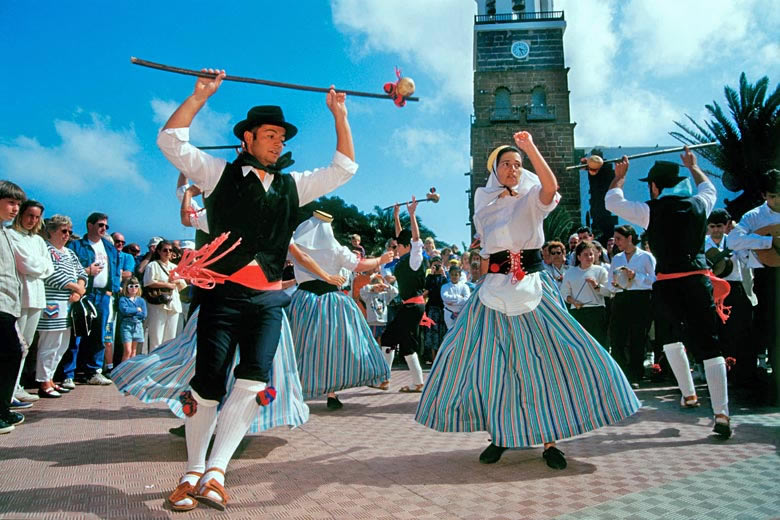
Lanzarote is incredibly popular with holidaymakers, and there are countless deals on holidays to this Canary island all year round. If you're after a great base from which to enjoy these fiestas, whatever the time of year, look no further than Iberostar Lanzarote Park*, which sits in Playa Blanca in the south of Lanzarote. Read on to find out more and find the right festival for you.
Winter
The first date to mark in your Lanzarote party diary is the 5th January. In Spain, Christmas ends with Epiphany on the 6th January's Dia de los Reyes Magos when the three wise men deliver presents to the children. Whilst this is a private family celebration, the day before sees kids deliver their wish list to their favourite camel-riding wise man in colourful parades of sweet-distributing floats, which take place throughout the island with the main processions in capital Arrecife and major resort Puerto del Carmen.
Winter's also the season for carnival on Lanzarote. This pre-Lent revelry, where the costumes are more important than the sound systems, doesn't have any fixed dates, changing with the year, followed by carnivals in the likes of Yaiza and Haría.
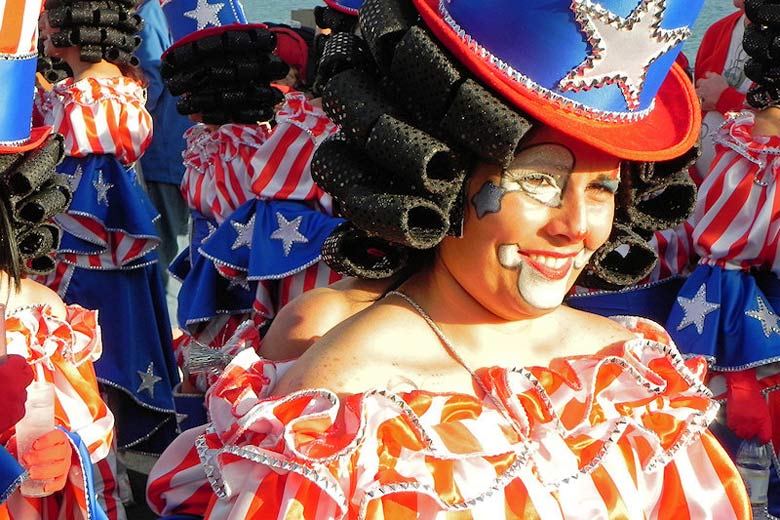
Most fiestas are dedicated to an area's patron saint with locals donning traditional costumes to pay tribute. There's typically a romería where the natives take their offerings to the church, usually food, and a verbena where drinks are drunk and songs are sung into the early hours. Teguise's El Mojón kicks off proceedings with the Fiesta de San Sebastián, held every 20th January.
It's the turn of Nuestra Señora de Candelaria to be revered on the 2nd February. The patron saint of the whole of the Canary Islands, she's also worshipped specifically on that date in Tabayesco and Tias. If you want to go the whole hog, feel free to wear traditional Canarian dress although locals will appreciate the effort you're making simply by attending, and no doubt hand out some free street food such as papas arrugadas con mojo (new potatoes served with a spicy sauce).
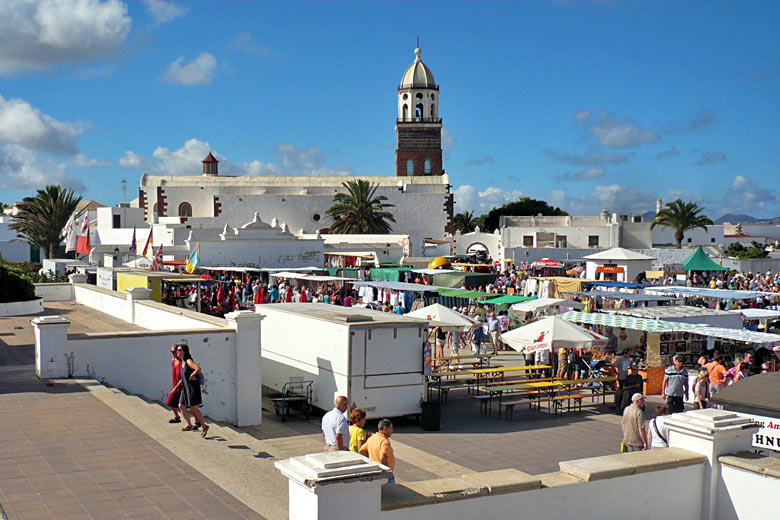
Although geographically African, Lanzarote is Spanish politically speaking. Which explains why San Leandro, the Bishop of Seville who converted the Visigothic Kings of Hispania (present-day Portugal and Spain) to Catholicism, is the patron saint of Teguise, the former capital of both the Canary Islands and Lanzarote. Party in his name here on the 20th March.
Spring
Depending on when Easter falls, April can be a fiesta-free month on Lanzarote. Even if Easter does take place in April, don't be expecting the Easter Bunny to be putting in an appearance on the island. Instead, Semana Santa (Holy Week) is a pious parade of slightly scary looking believers.
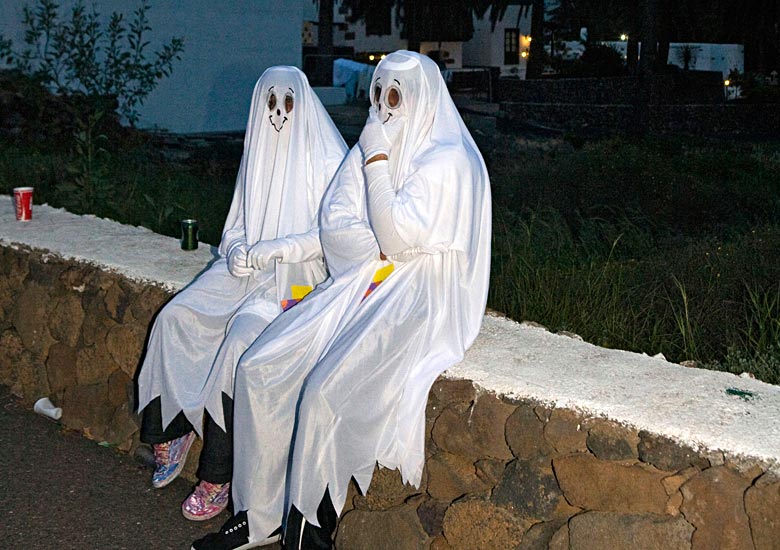
Far more fun is the Día de Canarias on the 30th May. The Canarian flag flies high throughout the island to mark the day in 1983 when the Canary Islands was granted autonomy from Spain. It's a loud-and-proud affair with concerts dominated by the timple - the pygmy guitar so synonymous with traditional Canarian folk music.
Religion is at the heart of the majority of Lanzarote's fiestas, such as mid-June's Corpus Christi, which sees colourful alfombras de sal (salt carpets) created outside key churches on the island as well as Arrecife's Iglesia de San Ginés.
Summer
July is dominated by festivities arranged in honour of Nuestra Señora de Carmen from the 16th of the month onwards. Look out for maritime parades where an effigy of Saint Carmen is led through the streets of the likes of Playa Blanca and Puerto Carmen to the port. The so-called Queen of the Seas, the patron saint of fishermen, is then taken out on a flower-adorned boat on the Atlantic accompanied by a flotilla of vessels and fireworks which light up the night sky.
If it's August on Lanzarote, it must be time for the Fiestas de San Gines in Arrecife. These go on from the middle to the end of the month (sometimes starting as early as the 12th or as late as the 15th but always finishing on the 25th). San Gines was first known as the Bishop of Clermont who founded the hermitage in Arrecife. Two centuries on, some locals claimed to have seen his image displayed in the nearby lagoon and so a new party was born, which includes bouts of Canarian wrestling.

On the 15th September 1824, a miracle happened in Lanzarote's Tinajo municipality where the flow of lava stopped immediately outside the village of Mancha Blanca. To commemorate this "gift from God", Lanzarote natives make a pilgrimage to the village on foot from across the island each year. Keeping with the theme, this party is known as the Fiesta de Nuestra Señora de los Volcanes/Virgen de los Dolores.
Autumn
Arrecife's Argana Baja goes all pagan on the 12th October, for this is the day when locals pay tribute to Chaxiraxi, the sun goddess worshipped by the pre-Spanish aboriginal inhabitants of Lanzarote. Known as the majos, they called Lanzarote Titerogakaet/Titeroigatra, as in Rose-Coloured Hill.
You'll probably see more kids on Lanzarote streets than anytime other than school holidays on the 12th November. For this is the Fuga de San Diego when students are allowed to leave their classes for the day. This dates back to 1919 when a new schoolteacher forbade his students to attend the Romería de San Diego del Monte, but they ignored his orders and went along anyway.
Last but no means least, New Year's Eve sees locals say goodbye to the old year and hello to the new. Men tended to wear DJs and women elegant dresses, although this trend has died out somewhat. The tradition of eating a grape to accompany each of the chimes of midnight lives on, however.
If this fabulous collection of Lanzarote festivals has you packing your bags, remember to check out the latest deals on stays at Iberostar Park Lanzarote. You can also keep an eye on the weather, check out when to go for the best weather, and see what the weather's like all year round.
More about Lanzarote
- Overview
- Best time to visit
- Weather by month
- 5-day weather forecast
- Destinations
- Travel advice
- Deals & discounts
Lanzarote by month
Jan Feb Mar Apr May Jun Jul Aug Sep Oct Nov Dec
Explore holidays in the sun for less
- Beach holidays
- Family holidays
- City breaks
- Summer holidays
- Winter sun holidays
- Holiday offers
- Top travel brands
- Airlines & flights
- Discount hotels
- Airport parking deals
- TUI
- Jet2holidays
- easyJet holidays
- Love Holidays
- Black Friday sales
Airport parking
- Manchester Airport
- Stansted Airport
- Bristol Airport
- Luton Airport
- Birmingham Airport
- Edinburgh Airport
- Gatwick Airport
- Glasgow Airport
- Newcastle Airport
Airport lounges
- Manchester Airport
- Birmingham Airport
- Bristol Airport
- Edinburgh Airport
- Glasgow Airport
- Heathrow Airport
- Newcastle Airport
- Stansted Airport
- Gatwick Airport
Be inspired
Get your weekly fix of holiday inspiration from some of the world's best travel writers plus save on your next trip with the latest exclusive offers
We promise not to share your details









